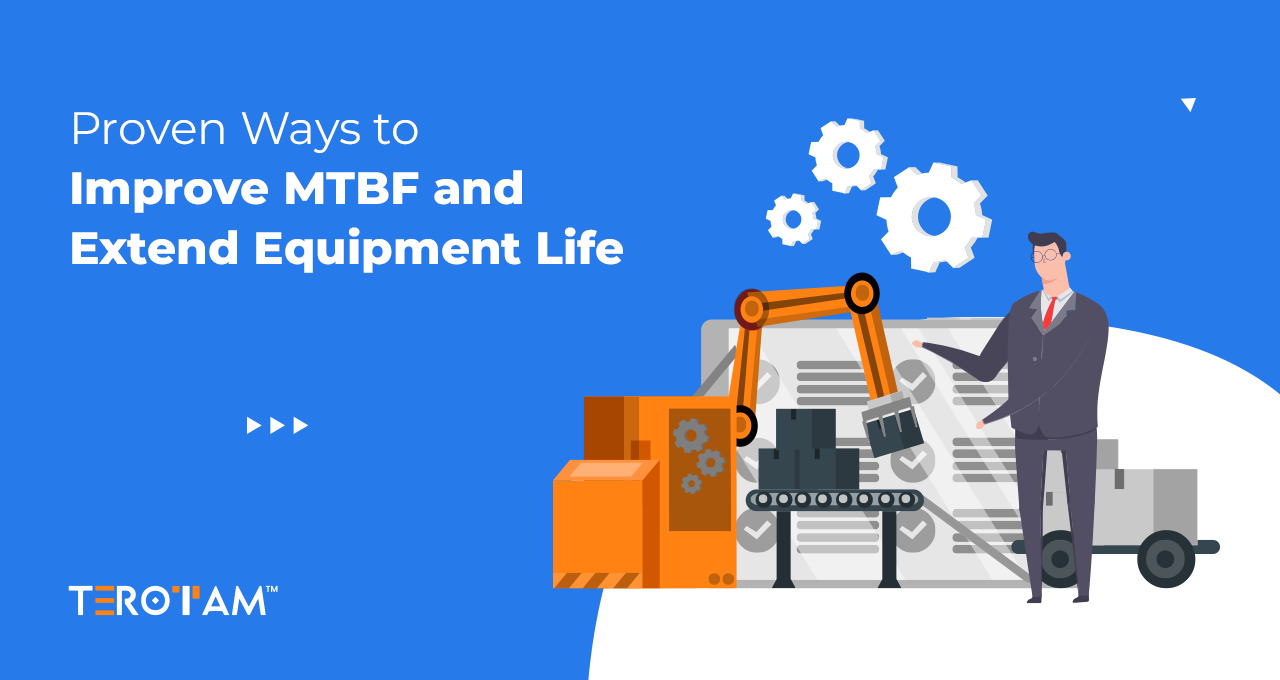Supply chains often face pressure from multiple directions—unexpected equipment failure, delays in maintenance, mismanaged spare parts, or poor coordination between departments. These issues may seem routine, but they tend to pile up and cause larger disruptions across production, warehousing, and distribution.
A Computerized Maintenance Management System (CMMS) is typically viewed as a maintenance tool, but its benefits go beyond equipment repairs. When applied thoughtfully, CMMS helps eliminate internal slowdowns, improves spare parts planning, and brings more structure to day-to-day operations. This results in fewer surprises, faster turnarounds, and more reliable supply chain performance.
In this article, we’ll explore the common supply chain challenges businesses face and how CMMS helps address them. We’ll also look at practical tips for integrating maintenance and supply chain teams more effectively.
What Are the Most Overlooked Supply Chain Disruptions Inside Your Own Facility?
Many supply chain setbacks aren’t caused by transportation delays or vendor issues—they often begin within internal operations. Equipment breakdowns, missed maintenance schedules, or poor inventory planning can quietly disrupt timelines without being linked back to their actual cause. These internal gaps tend to be dismissed as one-off incidents instead of patterns that need attention.
Another common issue is the lack of coordination between departments. When maintenance, procurement, and logistics work in isolation, small delays turn into larger bottlenecks. Data stays fragmented, and no one has a clear picture of how internal operations affect delivery, production, or stock movement.
- Equipment failures are treated as isolated events, not recurring risks
- Spare parts are either overstocked or unavailable when needed
- Maintenance delays aren’t reflected in supply chain planning
- Procurement often works without input from operations or maintenance
- Production halts aren’t documented with specific internal causes
- Warehouse teams lack visibility into equipment readiness
- Inventory is reordered based on guesswork rather than consumption trends
- Logistics schedules don’t account for equipment downtime
How does CMMS strengthen weak points in your supply chain?

Supply chains are only as strong as the internal systems that support them. Many companies focus on external logistics, vendor contracts, and delivery routes but overlook what’s happening inside their own operations. Equipment failures, unscheduled downtime, and delayed repair cycles cause ripple effects that stall production and delivery. When these issues pile up, they stretch lead times, inflate costs, and leave teams constantly reacting to problems instead of preventing them. CMMS helps address these structural weaknesses by bringing visibility, control, and continuity to the operational backbone that the supply chain relies on every day.
1. Streamlines asset maintenance to reduce production delays
When equipment isn’t maintained on time, breakdowns become more frequent and less predictable. CMMS allows teams to create recurring maintenance schedules, track compliance, and respond faster to breakdowns. As a result, production lines stay active longer, and there are fewer unexpected interruptions that delay product movement or dispatch.
2. Connects inventory with maintenance needs for better spare parts planning
Without real-time insight into part consumption or usage frequency, teams often either run out of stock or waste money on excess inventory. CMMS tracks spare parts usage, reordering levels, and lead times, helping procurement teams align purchases with actual demand. This ensures that parts are always available when needed—without draining budgets on idle stock.
3. Improves vendor management tied to part quality and delivery
Frequent machine failures sometimes stem from poor-quality parts or slow deliveries, but this rarely gets traced back to suppliers. CMMS logs part performance and failure rates over time, enabling better decision-making when it comes to choosing vendors. It also keeps a digital trail of all purchase histories, so teams can follow up, compare, and negotiate based on real usage data.
4. Helps plan around scheduled downtime instead of reacting to it
CMMS makes it easier to plan for downtime during non-peak hours or low-demand periods by allowing teams to schedule preventive maintenance in advance. This reduces the chance of having to stop critical operations unexpectedly, helping logistics and production teams adjust their schedules without facing costly delays.
5. Provides actionable reports for supply chain forecasting
Beyond day-to-day fixes, CMMS gathers data that’s useful for larger planning goals. Teams can analyze which machines slow down the process most often, which parts are eating into budgets, and which suppliers aren’t meeting expectations. These insights support smarter forecasting, budgeting, and operational strategies that improve long-term supply chain efficiency.
Key Features of TeroTAM CMMS That Streamline Your Supply Chain
- Asset tracking
Monitor the real-time condition, location, and usage of all critical assets from a single dashboard. - Maintenance automation
Set preventive and predictive schedules to avoid unexpected equipment downtime. - Spare parts management
Track inventory levels, consumption rates, and auto-trigger reorders before stockouts occur. - Vendor performance logging
Log supplier data and evaluate delivery speed, quality, and reliability over time. - Instant notifications
Receive real-time alerts on maintenance status, stock levels, and task completions. - Mobile accessibility
Enable teams to update tasks, scan assets, and access records from any location via mobile. - Reporting and analytics
Generate custom reports to identify trends, cost drivers, and recurring bottlenecks.
How Can Supply Chain and Maintenance Teams Work Better Together Using TeroTAM CMMS?
When both teams share real-time information and operate through a unified system like TeroTAM CMMS, it becomes easier to manage resources, prevent delays, and improve overall coordination. This reduces last-minute surprises, streamlines part availability, and ensures that maintenance schedules support—not interrupt—supply chain activities.
- Share dashboards so both teams can monitor equipment status and stock levels.
- Set up alerts for part shortages, delayed repairs, and urgent maintenance needs.
- Link spare parts directly to the assets they support for quicker decision-making.
- Plan preventive maintenance during off-peak hours to avoid supply disruptions.
- Track repair progress live to keep logistics and dispatch teams informed.
- Use equipment history to predict repair timelines and inventory demands.
- Evaluate supplier performance together to make smarter purchase decisions.
- Review part consumption trends to optimize reorder quantities.
- Assign access levels so each team sees only what they need to act quickly.
- Generate combined reports to review bottlenecks and improve coordination.
Putting it all together
Supply chain performance often hinges on the internal systems that keep operations steady—reliable equipment, timely maintenance, and well-managed spare parts. When these areas are properly aligned, teams can prevent disruptions, meet deadlines with confidence, and respond faster when challenges arise. TeroTAM CMMS is designed to help you bring this kind of structure and clarity to your daily operations. If you’re looking to streamline communication between teams and remove the guesswork from supply planning, we’re here to help. Reach out to us at contact@terotam.com to see how TeroTAM can support your goals.








